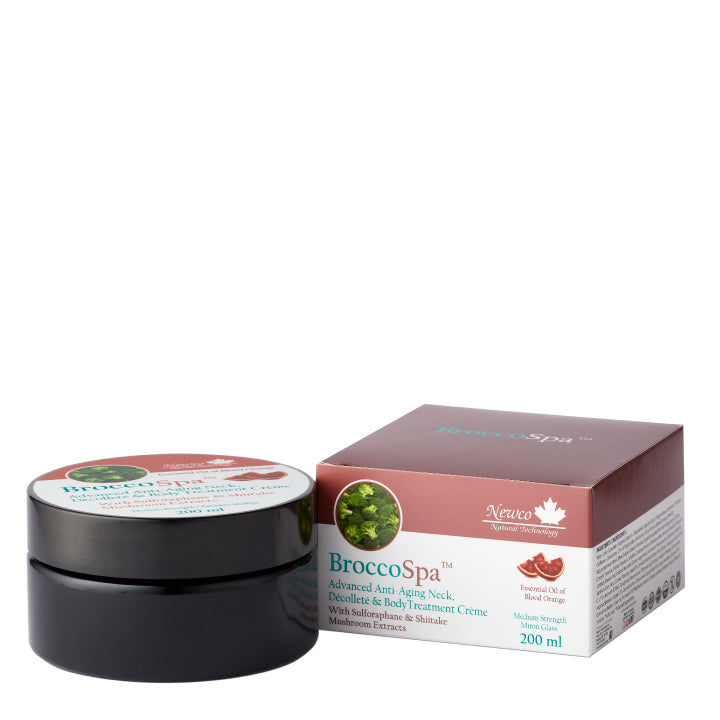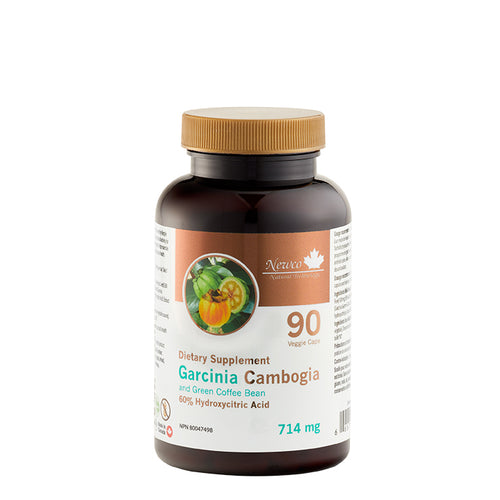Here's the best way to maximize the health benefits of 7 popular supplements: calcium, iron, vitamin D, B-complex vitamins (including folic acid), vitamin C, probiotics, and omega-3s.
Calcium
In doses higher than 250 mg, calcium and magnesium tend to compete for absorption. But both are critical for bone health, and the extra convenience of taking them in a combined supplement may outweigh the relatively small percentage of each that may not get absorbed. Studies suggest that too much calcium with too little magnesium may contribute to calcification of the arteries, increasing the risk of heart disease. A 1:1 to 1:2 ratio of calcium and magnesium is best.
Take calcium with food to boost absorption and reduce the risk of kidney stones, and in split doses—the body absorbs smaller doses better than large ones. Avoid calcium carbonate, the hardest-to-absorb form of the mineral. And if you can, take calcium at a different time of day than zinc and iron.
Best way to take calcium: Try two 500 mg doses, one with breakfast and one with lunch.
Iron
Some research shows that calcium may inhibit the absorption of iron. It’s best to take iron on an empty stomach for maximum absorption; unless you have a sensitive stomach, take it first thing in the morning. Wash it down with orange juice, not coffee or milk—caffeine and the calcium in dairy can interfere with the body’s ability to take in iron. Vitamin C enhances iron absorption from supplements.
To prevent constipation, avoid ferrous sulfate, the form that’s most likely to cause constipation; look for a non-constipating formula, and be sure to drink plenty of water. In terms of food sources, iron is best absorbed from animal protein.
Best way to take iron: Take 60–75 mg before breakfast, with orange juice, two hours before taking vitamin E or a multivitamin. A second dose can be taken at a later time in the day.
Vitamin D
Like the other fat-soluble vitamins (A, E, and K), vitamin D is better absorbed if taken with a meal that contains some fat; one study found that taking it with dinner—usually the heaviest meal of the day—increased blood levels of vitamin D by 50 percent.
If you’re a late diner, lunch may be your best option. Just add healthy fats such as avocado, olives, salmon, or nut butter to your midday meal to improve vitamin D absorption.
Best way to take vitamin D: Take 1,000–5,000 IU with a meal that contains healthy fats. You may need a higher dose—get your levels checked to figure out the best amount for you.
B-Complex Vitamins
Because B vitamins are water-soluble, the body can only hold onto so much at a given time (unlike excess fat-soluble vitamins, which are stored until they’re needed). Splitting the dose can ensure steady blood levels.
Taking a B complex that combines all the Bs is more convenient; just be sure not to overdo it on the B, since high doses over a long period of time may cause nerve damage, according to some research. B vitamins tend to boost energy, so take them in the morning; at night, they can lead to restlessness and insomnia. They’re absorbed well on an empty stomach, but if you have a sensitive tummy, take them with food.
Best way to take Bs: Take in the morning and afternoon, with breakfast and lunch, or on an empty stomach if possible. Find a formula that uses the "active" forms of key B vitamins for optimal absorption—e.g., Pyridoxal 5'-Phosphate (vitamin B6), Methylcobalamin (vitamin B12), and Methyl Folate (such as Quatrefolic (6S)-5-Methyltetrahydrofolate Glucosamine salt).
Vitamin C
Like B vitamins, vitamin C is water-soluble and doesn’t require dietary fat to be effective. Splitting the dosage improves absorption, keeps blood levels elevated all day, and prevents gastrointestinal distress that some people experience with large doses (1,000 mg or more).
Vitamin C enhances calcium absorption. Buffered forms of vitamin C, such as Ester-C, are best if you have a sensitive stomach. Some research shows that liposomal forms, which incorporate phospholipids, are better utilized by the body and get into the bloodstream more quickly than regular forms of vitamin C.
250–500 mg twice a day, with breakfast and lunch. The dosages in food-based vitamin C supplements are lower; follow label instructions on these types of formulas.
Best way to take C: Try 250–500 mg twice a day, with breakfast and lunch. The dosages in food-based vitamin C supplements are lower; follow label instructions on these types of formulas.
Probiotics
Because harsh stomach acids may destroy probiotics, they’re best taken when digestive enzymes, bile salts, and stomach acids are low—in other words, on an empty stomach. But not all health experts agree on this. Some believe it's find to take these with or without food. Some studies suggest that probiotics survive in the largest numbers when taken 30 minutes before a meal that contains some fat (which buffers stomach acids and helps probiotics survive to reach the intestines). However, some evidence also exists that food buffers stomach acid, so taking probiotics with a meal may increase protection for the microorganisms—and it’s hard to argue with the fact that probiotics were traditionally taken via cultured foods such as yogurt or sauerkraut, which were eaten with meals.
Additionally, different strains of bacteria may have different tolerances to stomach acids. The jury’s still out on this idea, so your best bet is to experiment—try taking some of your probiotics before meals, and some with meals, and see what works best for you. But don’t take them after a meal: several studies show that probiotic survival tends to be lowest when taken 30 minutes after eating.
Best way to take probiotics: Dosages range from 5 billion to 100 billion CFUs—and beyond. Choose a probiotic with a variety of strains for maximum effectiveness. If you want to focus on alleviating a specific health issue, such as frequent colds and flu, IBS, or yeast infections, find a formula designed to target your symptoms. Otherwise, go with a blend designed for overall health. And follow label instructions for dosage.
Omega-3s
Because they can cause gastric distress, fish oils (and sometimes, other omega-3 supplements) should be taken with food; the fat in a meal will also help their absorption. If you find it hard to digest fish oils, take them with an enzyme supplement that contains lipase for fat digestion. Avoid taking omega-3s right before physical exercise or bedtime—increased activity or a prone position can interfere with digestion.
Best way to take fish oil: For fish oils, take at least 1,000 mg daily (combined DHA and EPA) with meals.
Written by Lisa Turner for Better Nutrition and legally licensed through the Matcha publisher network. Please direct all licensing questions to legal@getmatcha.com.





